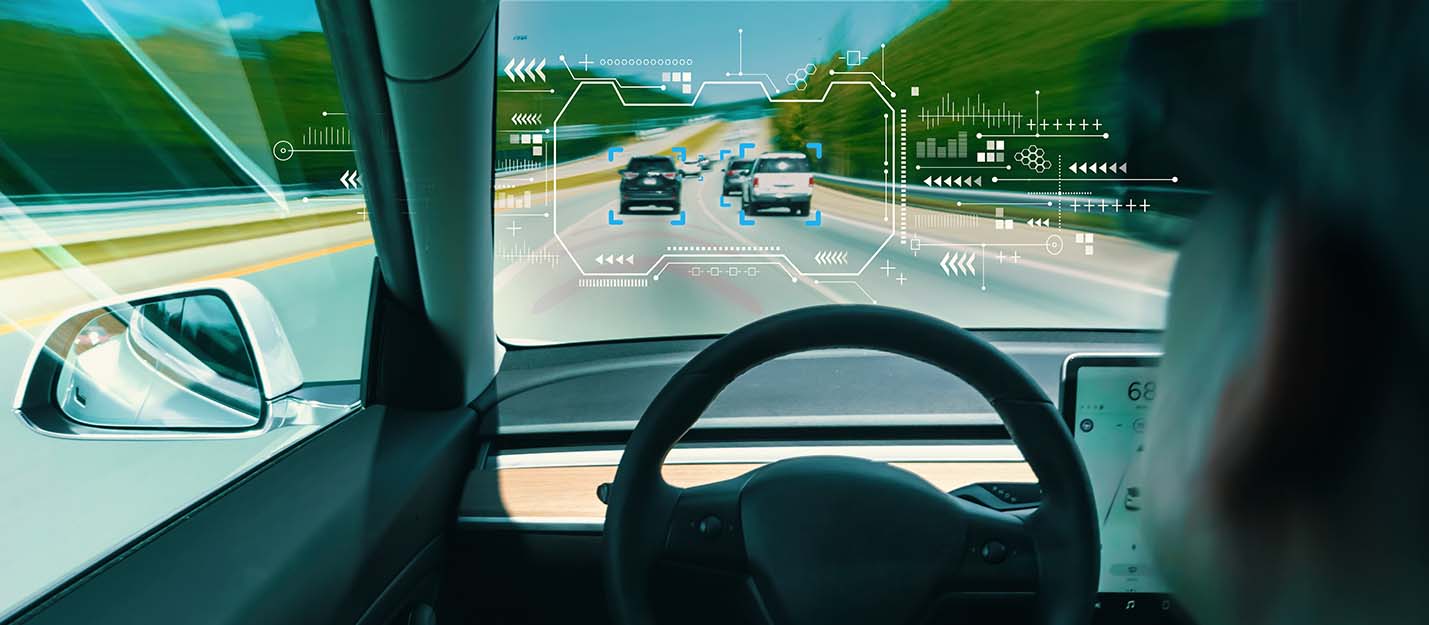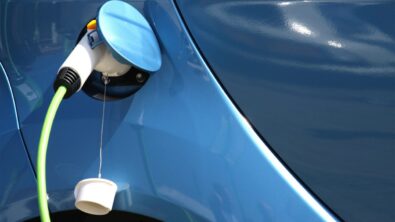The complexities of automotive development don’t have to slow you down

Among the turmoil and disruption of the last few years, automotive companies have nonetheless continued to pursue the development of electric and autonomous vehicles. Their efforts are beginning to pay off as a new generation of electric and increasingly autonomous vehicles are brought to market. The development of this next generation of vehicles will require the synthesis of several advanced technologies and the integration of engineering domains to achieve the advanced capabilities demanded today. Mechanical, electrical, and electronic systems as well as embedded software, artificial intelligence and machine learning, and communications networks all must together to deliver self-driving functionality in an attractive and exciting EV platform. And as these vehicles become more sophisticated, these domains will intersect more and more, ensuring that no system within the vehicle is truly independent.

It’s clear that the next few years of development will be both challenging and incredibly important for automakers as they compete for business in the new automotive landscape. This also makes the next few years incredibly exciting as engineers find innovative new solutions and create ever-more capable, convenient, and sustainable vehicles for consumers to enjoy. So, how can engineers make the most of the exciting opportunities presented by the future of the automotive and transportation industry? The key is to leverage the power of digitalization to harness the inherent complexity of developing a modern vehicle, turning that complexity into an advantage in the market.
One of the keys to managing complexity is model-based systems engineering (MBSE). This methodology codifies the idea that every part of a system should be created in the context of the whole. In practice, MBSE ensures that the links between the system level, subsystem levels and even individual components are kept up-to-date through a bi-directional flow of data. That means initial system requirements and models remain connected to the models, test results, and other engineering data created during product development. Furthermore, these links help designers and engineers across domains to engage in continuous collaboration to ensure they’re creating a congruous whole.
With MBSE, engineers can create a comprehensive digital twin of the vehicle that accurately represents the form, function, and behavior of the actual vehicle. This digital twin matures as vehicle development progresses, increasing the fidelity of the virtual vehicle models and bringing them closer and closer to the real vehicle. Such a digital twin becomes the backbone of product development − capable of delivering greater insight, reducing development cycle time, improving efficiency, and increasing market agility. It will act as the foundation for the collaborative, integrated approach demanded by modern vehicles, bringing the mechanical, electrical, electronic, and software domains together to design a complete system. To read more about the power of a comprehensive automotive digital twin and how it will help bring about the future of mobility, you can check out our article, Turn Complexity Into a Competitive Advantage.


